Not Guitar: How Woodwind Players Paul Hanson and Theo Travis Incorporate Line 6 Effects Into Their Art
by Barry Cleveland
Although Line 6 effects processors are primarily used by guitarists, a surprising variety of other instrumentalists also embrace them. In our “Not Guitar” series we’ll spotlight several of these artists, two at a time—beginning with a couple of phenomenal woodwind players.
Theo Travis is a highly imaginative flautist and tenor and soprano saxophonist. He has worked with jazz-fusion, progressive rock, and ambient luminaries such as Robert Fripp, Steven Wilson, Porcupine Tree, David Syvian, Gong, and David Gilmour, and is currently a member of Soft Machine and Travis & Fripp, as well as releasing more than a dozen solo albums and fronting his own bands. A common denominator throughout most of this work has been Travis’ DL4 Delay Modeler, which he uses primarily for looping, but he also employs an M9 Stompbox Modeler, and has recently been exploring the world of Helix and HX sounds.
Paul Hanson is a self-described “jazz-fusion bassoon player” who also happens to be an adept tenor saxophonist. He has performed and recorded with legendary jazz artists such as Béla Fleck and the Flecktones, Billy Higgins, Billy Cobham, Randy Brecker, Wayne Shorter, Jonas Hellborg, and Peter Erskine, as well as playing in various progressive rock bands, and releasing six albums as a leader. After seeing Jimi Hendrix as a young man, the classically trained bassoonist placed a microphone inside his instrument and connected it to a tube reel-to-reel tape recorder, resulting in “an incredibly great and frightfully loud sound.” These days, he coaxes non-traditional bassoon sounds and effects from his Helix LT processor.
Both of you have fully integrated effects into your music making. Why does that matter?
Paul: For one thing, effects allow me to play different musical roles, instead of just being a soloist or part of the horn section or whatever. I might play a bass line, or add one or more harmony notes, or use reverb and delay and other effects to create ambient textures, or layer parts using a looper. And that extends to musical styles. For example, when I work with rock bands, the drummer will often be playing to a click track and I can sync my delays and other time-based effects to the song tempo, which adds to the sense of actually being a part of the band rather than just being a guy playing a single role. My instrument is also very textural in nature, with a nearly four-octave range, and each part of that range has a distinct personality, allowing for even more effects processing possibilities.
Theo: I can totally relate to what Paul said about the roles that the instruments play. For example, although I use looping with tenor and soprano saxophones, I tend to mainly use it with the flute, and alto flute specifically. Being a flute player, I’m generally fluttering away at the top and high above everything, whereas all of a sudden, I can create whole canvases and sound paintings. It’s sort of like being a synth player, but with this amazing sound because it’s layers of alto flutes, a little like the sound of a Mellotron. I’ll also sometimes use an octave-down or even two-octave-down effect, which makes my alto flute sound like an organ bass pedal drone underneath the harmonies, creating long sustaining textures. Obviously, as a woodwind player, when you stop blowing generally the sound stops—but with looping that doesn’t matter anymore. I can create these amazing sound paintings and when I stop blowing they are still there.
You both used the DL4 Delay Modeler for decades. How did you first come to have one?
Theo: I remember very specifically. I used an old Boss echo pedal with the flute while recording my second album, and I liked it, but it just produced a basic delay at a fixed delay length that would eventually stop. My friend (Soft Machine guitarist) John Etheridge had a DL4, so he said, “Come round and have a go.” I got it working immediately, instantly fell in love with it, and bought one within a week. Shortly after that, I did a gig where instead of getting paid money I bartered for a day’s studio time at a nice studio, and all I took for the session was my alto flute and my DL4. I recorded loads of tracks direct to stereo for about five hours and it was fabulous. I made an album called Slow Life (2003), which was purely one flute, my DL4, and lots of different ideas and flavors.
Paul: I believe I first got one about 20 years ago, but I don’t recall the circumstances. The first thing I really liked about it was just how good it sounded, and I also really liked the Wow & Flutter control on the Tube Echo model, which you could adjust to get very realistic tape echo sounds. But all of the models sounded very organic, even the digital delay models. And, of course, the looper was quite simple and easy to use.
Theo: I agree with Paul about the sound. Many times when I’ve recorded the flute through the looper at big studios, where they have a good desk and large speakers, the engineers will want to put the DL4 on an Aux bus to keep the pure flute and processed sounds separate. But, more often than not, we wind up just ignoring the direct signal and going with the DL4 track because the audio quality is so amazing. It’s not like “here’s the flute and here’s the loop,” it’s like “here’s two flutes, here’s four flutes,” and you honestly can’t hear any difference between the sound of the source flute and the looped flutes. By the way, I have three DL4s now and I often use multiples.
Slow Life got some reviews and I was invited to do a solo flute/looping performance in Italy, which led to opening for Porcupine Tree, which led to playing a large outdoor festival headlined by Robert Plant and lots of other gigs—so, playing 30- or 40-minute looping sets very quickly became “my thing.” From there, I slowly began bringing that looping technique into everything, because I enjoyed it so much and it worked so well. I’ve also used it extensively when working with Robert Fripp, both in our live performances and on our recordings.
Paul, when creating Helix presets for bassoon, what are a few of the things you do differently than a guitarist would?
Paul: The number one thing by far is not including a speaker cab block or IR for most of the sounds, as I want to have as unadulterated a sound as possible going to the P.A. or recording console. Sometimes I’ll use a 4×12 Greenback cab with a Marshall amp, which sounds great, but that’s about the only exception. The other thing that’s different for bassoon would be the global EQ settings. I use something called the Horn FX IntraMic, which is a really cool device that fits inside the instrument, and it has some different EQ voicings, so I’ll adjust the global EQ in my Helix LT to complement those sounds.
The other effects I use regularly—delays, reverbs, overdrives and distortions, pitch shifters—I use in much the same way that a guitarist would, though of course I dial them in for my own purposes, which can be really different than those of a guitarist. So, because of that, the ways that I combine them into presets can also be really different.
Theo, same question, but in relation to how you use the M9?
Theo: The main thing would probably be that I never use the overdrive and distortion effects. I’ve heard it done with flutes and sax, it’s quite nice on sax, but it’s not for me. I also don’t tend to use the reverbs, because usually front-of-house will have some posh reverb, so I tend to leave the reverb to them unless I want a particularly cavernous kind of sound. Otherwise, I use a lot of the same effects that a guitarist might, though programmed in ways that work best with my instruments. For example, I really like the filter and use it with an expression pedal to get sounds that are much like a classic wah pedal, but voiced for flute. The modulation effects, particularly the tremolo, are also great, and the ring modulator can be fun.
As a Jon Hassell fan, I also quite like to use the pitch shifter to add parallel harmonies such as a fourth below or something. And then maybe I’ll run that sound through a delay. Of course, one of the great things about the M9 is that I can have all of these different effects selected and then just hold down the Hold For Looper button, record a loop using them, then exit the looper and change the effects before layering in the next loop. And I can also use the DL4 to process or loop the sounds and loops coming from the M9, because I use the two pedals together, including the two loopers, controlling the looper levels with expression pedals so that I can do things like fade them in and out individually and crossfade between them.
What’s the most important thing that players who want to incorporate looping into what they do should keep in mind?
Theo: I’ve seen some very good musicians just create a static loop and solo over it for a while, and I usually wind up thinking, “I know exactly what’s going to happen for the next five or ten minutes. I’m going to hear that same thing going around and around again, and it’s really boring.” So, you need to find ways to keep things exciting and less predictable. Bill Frisell is a real master of that and talks about it in your Model Citizens interview [Bill Frisell Talks Looping & Loopers]. A solo set that I saw him play about 20 years ago was particularly mind blowing. I couldn’t tell where things were coming from and there really didn’t seem to be a beginning or ending to the loops—everything sounded organic yet three-dimensional. Things get really interesting when players bring that kind of excitement, immediacy, and spontaneity.
Paul: Zoë Keating, the cellist, also does some really amazing things with looping, keeping it interesting by taking things further compositionally. And this may seem obvious, but it is essential to have good timing and learn how to cleanly begin and end the loop, especially if you are playing along with a drummer or other musicians. It can be really painful to see someone screw up while recording a loop and then either have to struggle playing along with it or stop the loop and rerecord it.
What is the weirdest thing you’ve done with the effects we’ve been talking about?
Paul: Well, I think it is still quite weird for a lot of people seeing a bassoon on stage with me doing the kinds of stuff that I do and hearing the sounds coming out of it, so I generally don’t try to get a whole lot weirder than I already am [laughs]. One thing I’ll do, however, is create percussion loops using the sound of my fingers clacking the valves without actually blowing into the instrument. The sounds are different depending on whether you are clacking the higher or lower valves, and I’ll use a little overdrive or distortion for higher volume going in and to get a crunchier percussive attack. People will often be looking around and thinking, “What the hell is that?”
Theo: There’s something I’ll sometimes do at the end of a show that was inspired by David Lynch, because I’m a big Twin Peaks fan. I’ve learned how to say “Thank you, good night” backwards by looping and reversing it, so I’ll record me saying that into the looper, then reverse it so that it plays forward but sounds really weird—sort of like the backwards talking done by the dancing man in the red room, but spoken to the audience. It’s a really fun thing to do, but I don’t do it very often because when I do, people think I’m mad!
More about Helix.
Photo of Theo Travis courtesy of Geoff Dennison Photography
Photo of Paul Hanson courtesy of Stephen Jacobson Photography
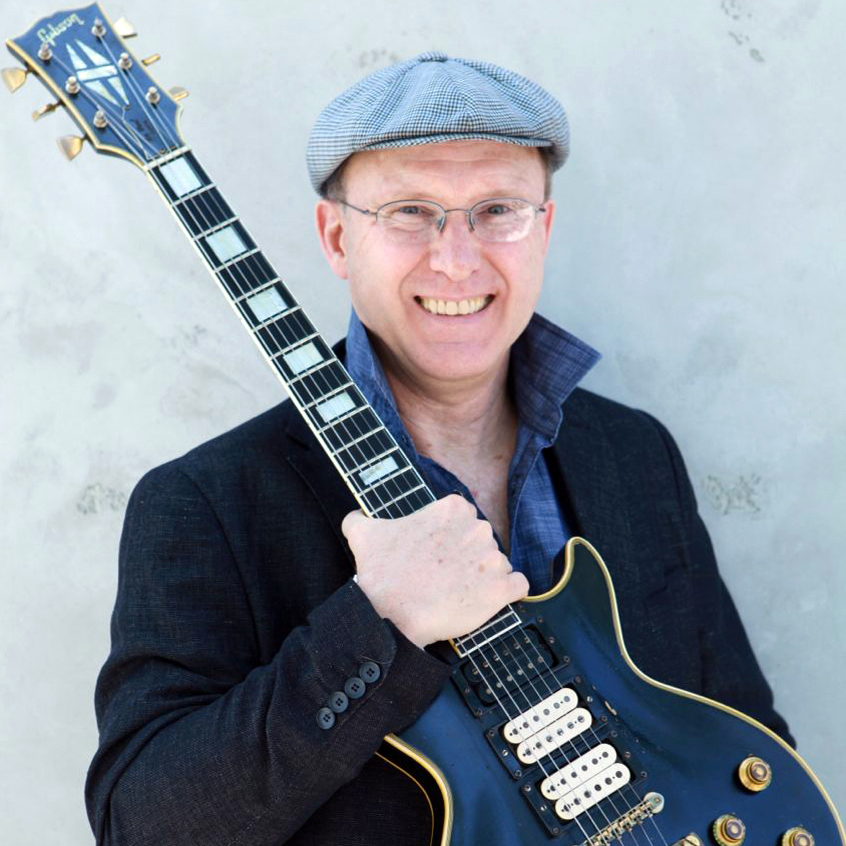
Barry Cleveland is a Los Angeles-based guitarist, recordist, composer, music journalist, and editor-in-chief of Model Citizens and The Lodge, as well as the author of Joe Meek’s Bold Techniques and a contributing author to Stompbox: 100 Pedals of the World’s Greatest Guitarists. Barry also served as an editor at Guitar Player magazine for 12 years and is currently the Marketing Communications Manager at Yamaha Guitar Group. barrycleveland.com
Related posts
By submitting your details you are giving Yamaha Guitar Group informed consent to send you a video series on the Line 6 HX Stomp. We will only send you relevant information. We will never sell your information to any third parties. You can, of course, unsubscribe at any time. View our full privacy policy

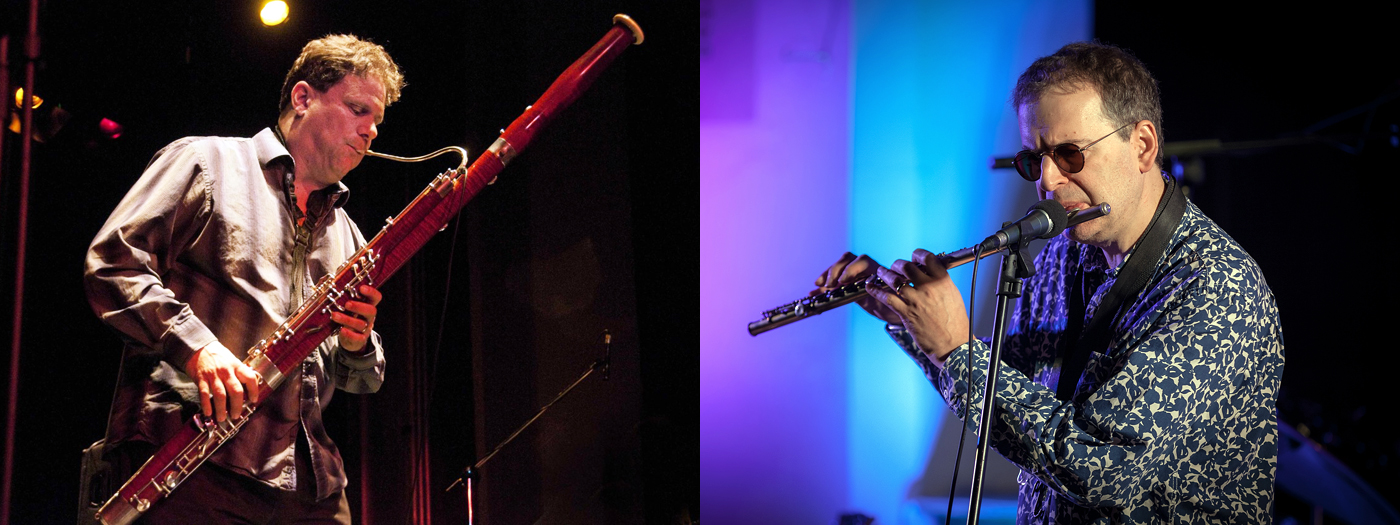
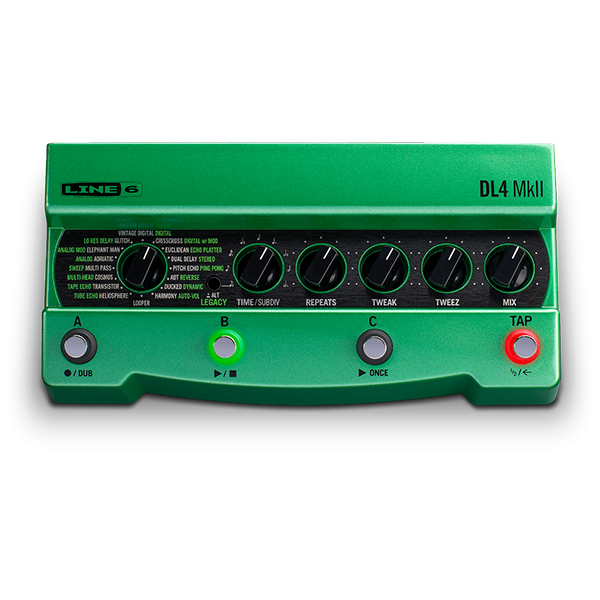
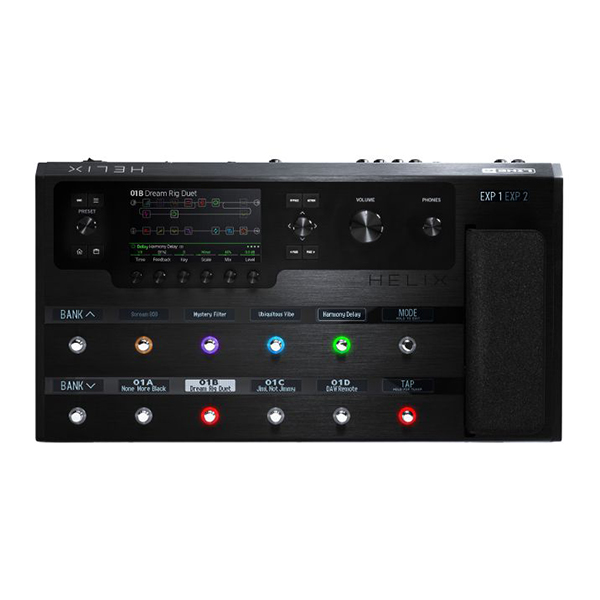


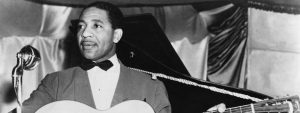
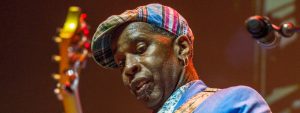

Leave a Reply
You must be logged in to post a comment.